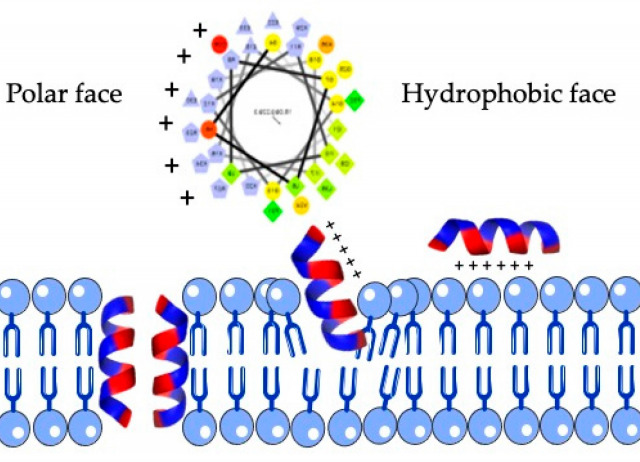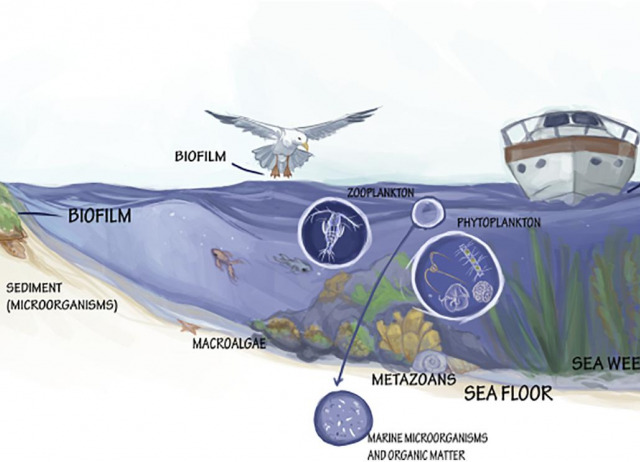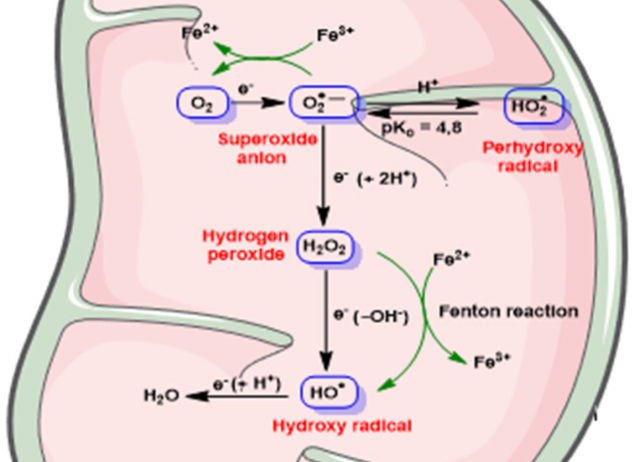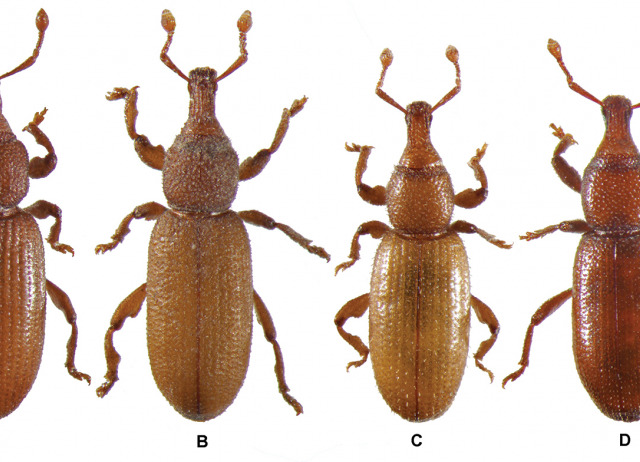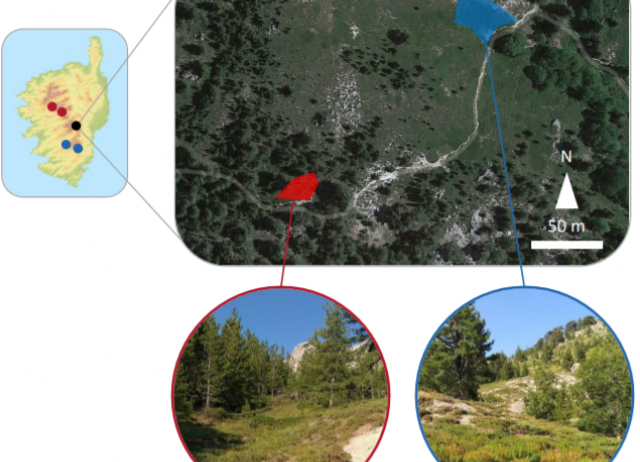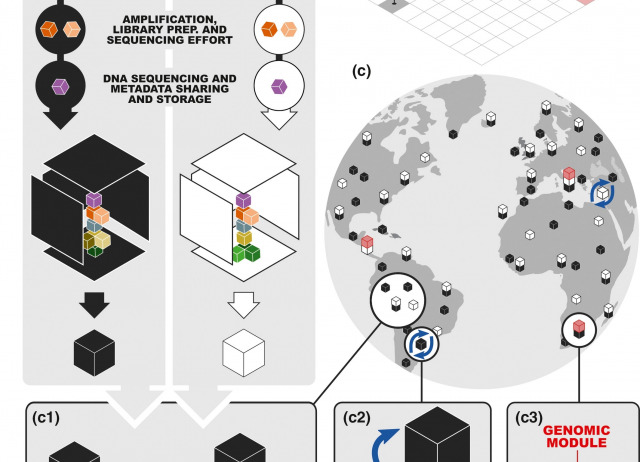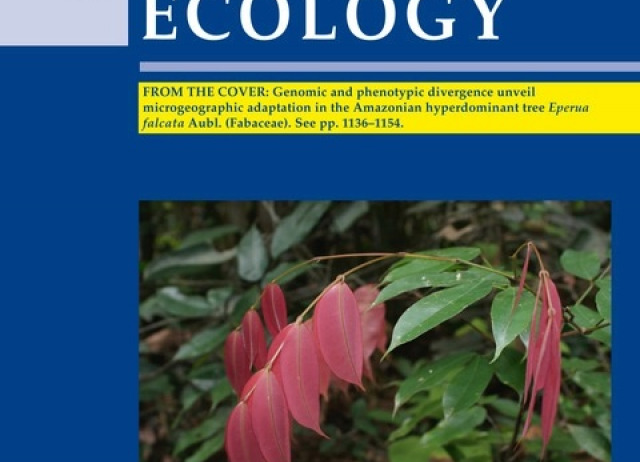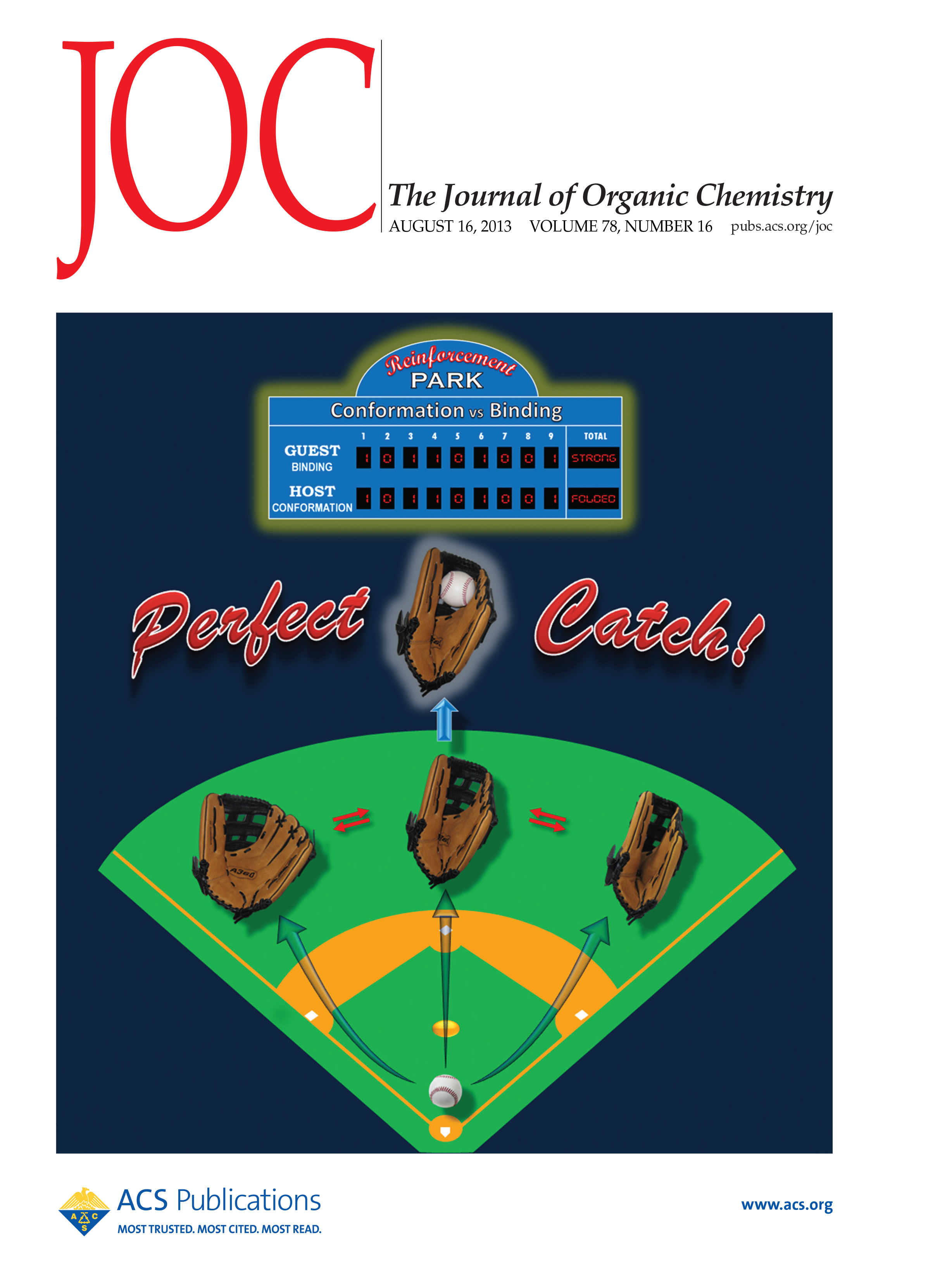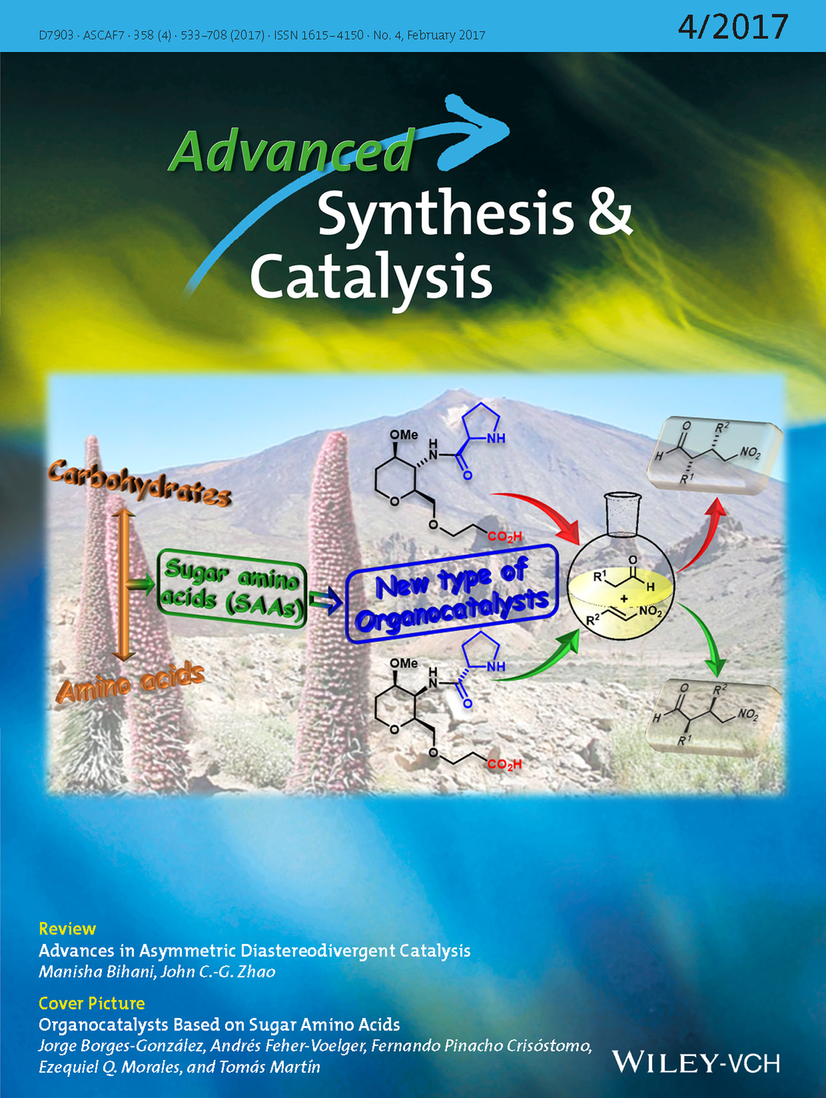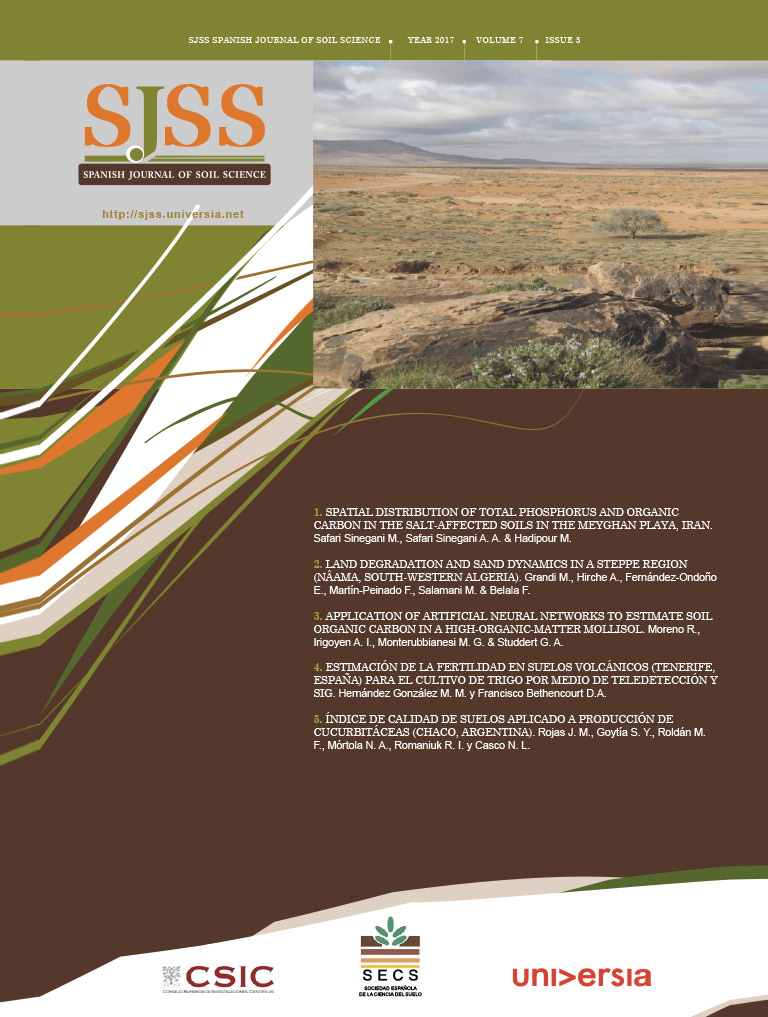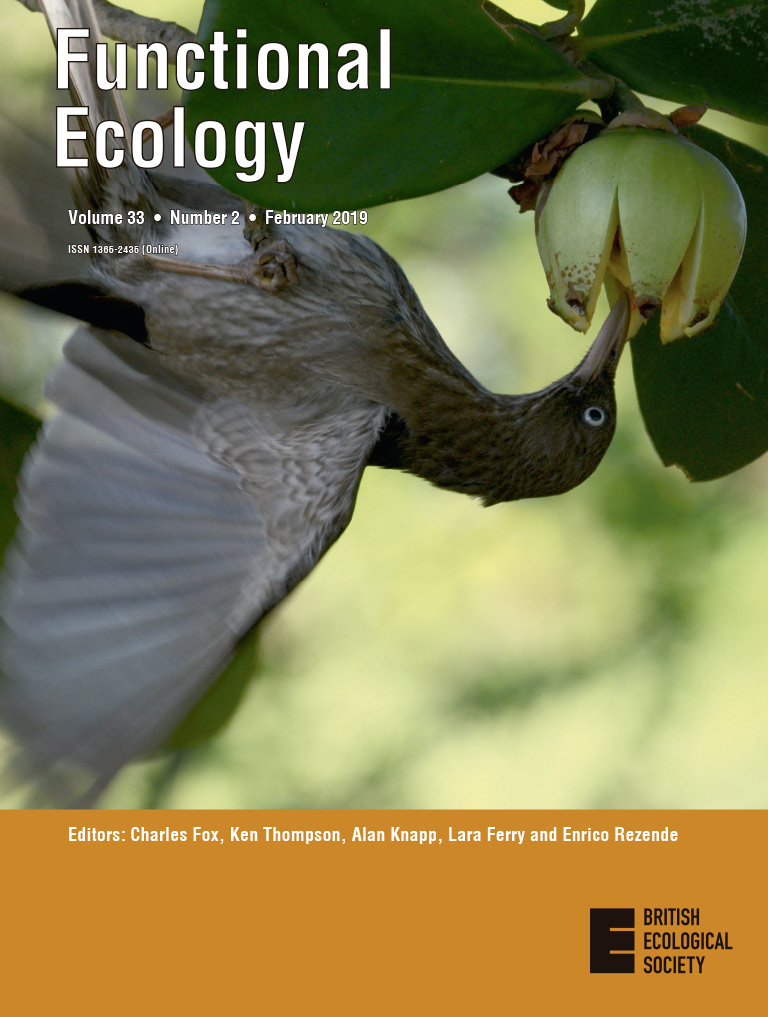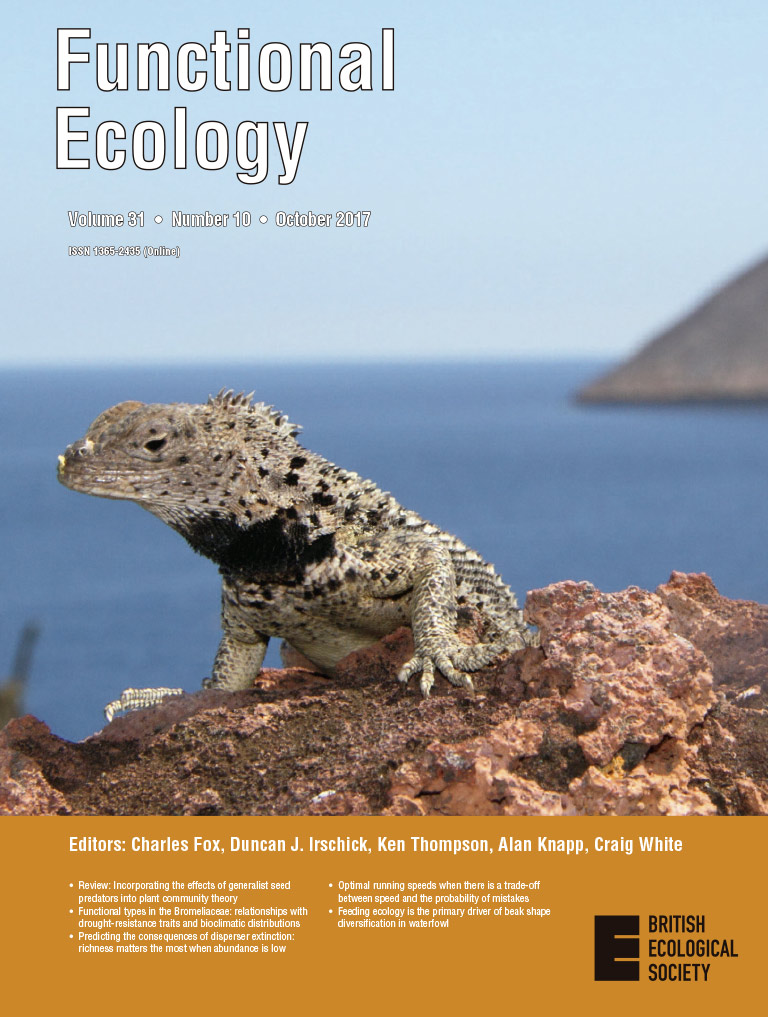Publications
This section includes a list of the latest IPNA scientific articles published in journals included in the Science Citation Index (SCI).
In DIGITAL.CSIC, institutional repository of the CSIC, you can find the complete list of scientific articles since 1962, as well as other collections of interest such as congresses, theses, books, informative material, etc. of the centre. The aim of DIGITAL.CSIC is to organize, preserve and disseminate in open access the results of our research.
In the institutional repository of the CSIC, you can find the complete list of scientific articles, as well as other collections of interest such as congresses, theses, books, informative material, etc.
Analysis of the IPNA 2014-2019 Scientific Production: bibliometric analysis from data collected in Scopus and Web of Science.

Bioinformatic Analysis of Genome-Predicted Bat Cathelicidins
Bats are unique in their potential to serve as reservoir hosts for intracellular pathogens. Recently, the impact of COVID-19 has relegated bats from biomedical darkness to the frontline of public health as bats are the natural reservoir of many viruses, including SARS-Cov-2. Many bat genomes have been sequenced recently, and sequences coding for antimicrobial peptides are available in the public databases. Here we provide a structural analysis of genome-predicted bat cathelicidins as components of their innate immunity. A total of 32 unique protein sequences were retrieved from the NCBI database. Interestingly, some bat species contained more than one cathelicidin. We examined the conserved cysteines within the cathelin-like domain and the peptide portion of each sequence and revealed phylogenetic relationships and structural dissimilarities. The antibacterial, antifungal, and antiviral activity of peptides was examined using bioinformatic tools. The peptides were modeled and subjected to docking analysis with the region binding domain (RBD) region of the SARS-CoV-2 Spike protein. The appearance of multiple forms of cathelicidins verifies the complex microbial challenges encountered by these species. Learning more about antiviral defenses of bats and how they drive virus evolution will help scientists to investigate the function of antimicrobial peptides in these species.
Pérez de Lastra, José Manuel; Asensio-Calavia, Patricia; González-Acosta, Sergio; Baca-González, Victoria; Morales-de la Nuez, Antonio
The Essentials of Marine Biotechnology
Coastal countries have traditionally relied on the existing marine resources (e.g., fishing, food, transport, recreation, and tourism) as well as tried to support new economic endeavors (ocean energy, desalination for water supply, and seabed mining). Modern societies and lifestyle resulted in an increased demand for dietary diversity, better health and well-being, new biomedicines, natural cosmeceuticals, environmental conservation, and sustainable energy sources. These societal needs stimulated the interest of researchers on the diverse and underexplored marine environments as promising and sustainable sources of biomolecules and biomass, and they are addressed by the emerging field of marine (blue) biotechnology. Blue biotechnology provides opportunities for a wide range of initiatives of commercial interest for the pharmaceutical, biomedical, cosmetic, nutraceutical, food, feed, agricultural, and related industries. This article synthesizes the essence, opportunities, responsibilities, and challenges encountered in marine biotechnology and outlines the attainment and valorization of directly derived or bio-inspired products from marine organisms. First, the concept of bioeconomy is introduced. Then, the diversity of marine bioresources including an overview of the most prominent marine organisms and their potential for biotechnological uses are described. This is followed by introducing methodologies for exploration of these resources and the main use case scenarios in energy, food and feed, agronomy, bioremediation and climate change, cosmeceuticals, bio-inspired materials, healthcare, and well-being sectors. The key aspects in the fields of legislation and funding are provided, with the emphasis on the importance of communication and stakeholder engagement at all levels of biotechnology development. Finally, vital overarching concepts, such as the quadruple helix and Responsible Research and Innovation principle are highlighted as important to follow within the marine biotechnology field. The authors of this review are collaborating under the European Commission-funded Cooperation in Science and Technology (COST) Action Ocean4Biotech – European transdisciplinary networking platform for marine biotechnology and focus the study on the European state of affairs.
Rotter, Ana; Barbier, Michéle; Bertoni, Franceso; Bones, Atle M.; Cancela, M. Leonor; Carlsson, Jens; Carvalho, Maria F.; Cegłowska, Marta; Chirivella-Martorell, Jerónimo; Conk Dalay, Meltem; Cueto, Mercedes; Dailianis, Thanos; Deniz, Irem; Díaz-Marrero, Ana R.; Drakulovic, Dragana; Dubnika, Arita; Edwards, Christine; Einarsson, Hjörleifur; Erdogan, Aysegül; Eroldogan, Orhan Tufan; Ezra, David; Fazi, Stefano; FitzGerald, Richard J.; Gargan, Laura M.; Gaudêncio, Susana P.; Gligora Udovic, Marija; Ivoševic DeNardis, Nadica; Jónsdóttir, Rósa; Kataržyte, Marija; Klun, Katja; Kotta, Jonne; Ktari, Leila; Ljubešic, Zrinka; Lukic Bilela, Lada; Mandalakis, Manolis; Massa-Gallucci, Alexia; Matijošyte, Inga; Mazur-Marzec, Hanna; Mehiri, Mohamed; Laurentius Nielsen, Søren; Novoveská, Lucie; Overlingé, Donata; Perale, Guiseppe; Ramasamy, Praveen; Rebours, Céline; Reinsch, Thorsten; Reyes, Fernando; Rinkevich, Baruch; Robbens, Johan; Röttinger, Eric; Rudovica, Vita; Sabotic, Jerica; Safarik, Ivo; Talve, Siret; Tasdemir, Deniz; Theodotou Schneider, Xenia; Thomas, Olivier P.; Torunska-Sitarz, Anna; Varese, Giovanna Cristina; Vasquez, Marlen I.
Intramolecular Nicholas Reaction Enables the Stereoselective Synthesis of Strained Cyclooctynes
Cyclic products can be obtained through the intramolecular version of the Nicholas reaction, which requires having the nucleophile connected to the alkyne unit. Here, we report the synthesis of 1-oxa-3-cyclooctynes starting from commercially available (1R,3S)-camphoric acid. The strategy is based on the initial preparation of propargylic alcohols, complexation of the triple bond with Co2(CO)8, and treatment with BF3·Et2O to induce an intramolecular Nicholas reaction with the free hydroxyl group as nucleophile. Finally, oxidative deprotection of the alkyne afforded the cyclooctynes in good yields. Notably, large-sized R substituents at the chiral center connected to the O atom were oriented in such a way that steric interactions were minimized in the cyclization, allowing the formation of cyclooctynes exclusively with (R) configuration, in good agreement with theoretical predictions. Moreover, preliminary studies demonstrated that these cyclooctynes were reactive in the presence of azides yielding substituted triazoles.
Monzón, Diego M.; Betancort, Juan Manuel; Martín, Tomás ; Ramírez, Miguel Ángel; Martín, Víctor S.; Díaz Díaz, David
Impact of Zinc, Glutathione, and Polyphenols as Antioxidants in the Immune Response against SARS-CoV-2
SARS-CoV-2, the coronavirus triggering the disease COVID-19, has a catastrophic health and socioeconomic impact at a global scale. Three key factors contribute to the pathogenesis of COVID-19: excessive inflammation, immune system depression/inhibition, and a set of proinflammatory cytokines. Common to these factors, a central function of oxidative stress has been highlighted. A diversity of clinical trials focused predominantly on antioxidants are being implemented as potential therapies for COVID-19. In this study, we look at the role of zinc, glutathione, and polyphenols, as key antioxidants of possible medicinal or nutritional significance, and examine their role in the antiviral immune response induced by SARS-Cov-2. An unresolved question is why some people experience chronic COVID and others do not. Understanding the relationship between SARS-CoV-2 and the immune system, as well as the role of defective immune responses to disease development, would be essential to recognize the pathogenesis of COVID-19, the risk factors that affect the harmful consequences of the disease, and the rational design of successful therapies and vaccinations. We expect that our research will provide a novel perspective that contributes to the design of clinical or nutritional targets for the prevention of this pandemic.
Pérez de Lastra, José Manuel; Andrés-Juan, Celia; Plou Gasca, Francisco José; Pérez-Lebeña, Eduardo
Class or community? Marx, the Russian commune, and contemporary critical theory
This article explores the relationship between class and community through a discussion of peasant struggles and the commune during the Russian Revolution. Doing so, we show how Marx's class-oriented reflections on community can help us to understand the role that the peasantry plays (or should play) in processes of social transformation. This enables us, first, to understand the relevance of communal forms for Marx, who believed that communitarian ways of life were crucial for overcoming a value-based society. It is, in fact, a mistake to divide Marx's intellectual trajectory into two periods: a categorical Marx, who authored Capital and critically analyzed the classical theory of value, and a phenomenological, empirical Marx, who in the last years of his life abandoned writing Capital and focused instead on studying the Russian peasantry. Second, it enables us to discuss new externalist visions, such as postcolonial and decolonial theories, which postulate that the subordination of contemporary peasant communities is rooted in epistemology, culture, and local power relations. These theories are related to the old social-democratic canon, which conceives of social classes as preconstituted entities and of capital as a parasitic externality that is incommensurable with social dynamics. The experience of the Russian peasantry calls into question all externalist and ontological perspectives.
Macías Vázquez, Alfredo; Alonso-González, Pablo; Parga-Dans, Eva.
Three new subterranean species of Baezia (Curculionidae, Molytinae) for the Canary Islands
The genus Baezia Alonso-Zarazaga & García, 1999 is endemic to the Canary Islands, where four species were known to date. Based on morphological evidence, three new species of Baezia are described in this study: Baezia aranfaybo García & López, sp. nov. from El Hierro island, and Baezia madai García & Oromí sp. nov. and Baezia tizziri García & Andújar, sp. nov. from La Palma island. Notes on their biology, habitat, and distribution are presented. The number of taxa in this endemic Canarian genus increases to seven eyeless species. One species has been reported from the soil (endogean environment), with the other six associated with caves and the mesovoid shallow substratum (hypogean or subterranean environment). Frequent association with the presence of roots suggests that species of Baezia may inhabit the continuum represented by the endogean and hypogean environments. Identification key to the seven species are provided.
García, Rafael; Andújar, Carmelo; Oromí, Pedro; Emerson, Brent C.; López, Heriberto
Demographic consequences of dispersal‐related trait shift in two recently diverged taxa of montane grasshoppers
Although the pervasiveness of intraspecific wing‐size polymorphism and transitions to flightlessness have long captivated biologists, the demographic outcomes of shifts in dispersal ability are not yet well understood and have been seldom studied at early stages of diversification. Here, we use genomic data to infer the consequences of dispersal‐related trait variation in the taxonomically controversial short‐winged (Chorthippus corsicus corsicus) and long‐winged (Chorthippus corsicus pascuorum) Corsican grasshoppers. Our analyses revealed lack of contemporary hybridization between sympatric long‐ and short‐winged forms and phylogenomic reconstructions supported their taxonomic distinctiveness, rejecting the hypothesis of intraspecific wing polymorphism. Statistical evaluation of alternative models of speciation strongly supported a scenario of Pleistocene divergence (<1.5 Ma) with ancestral gene flow. According to neutral expectations from differences in dispersal capacity, historical effective migration rates from the long‐ to the short‐winged taxon were threefold higher than in the opposite direction. Although populations of the two taxa present a marked genetic structure and have experienced parallel demographic histories, our coalescent‐based analyses suggest that reduced dispersal has fueled diversification in the short‐winged C. c. corsicus. Collectively, our study illustrates how dispersal reduction can speed up geographical diversification and increase the opportunity for allopatric speciation in topographically complex landscapes.
Ortego, Joaquín; Gutiérrez-Rodríguez, Jorge; Noguerales, Víctor
Trophic ecology of an introduced top predator (Felis catus) on a small African oceanic islet (Santa Luzia, Cabo Verde Islands)
Studies on feral cat diet offer important ecological information and are the first step towards determining their impact upon endangered species. However, in comparing seasonal changes in diet with seasonal prey availability, the scarce amount of research into oceanic islands worldwide must be considered when deciding if a specific population is actually affected by cat predation. Cat diet was analysed on Santa Luzia (Cabo Verde Islands) since this invasive predator is considered one of the main threats to native endangered species that require conservation measures. These previous studies were carried out in different seasons, providing contrasting results, skinks being more preyed upon in the rainy season and mice in the driest periods. To check these different results, we focussed on how cat diet varied seasonally in response to changes in prey abundance. Saurians were the most important prey group, followed by mice, invertebrates and birds. No seasonal differences were, however, observed in the different prey groups consumed, saurians being the main prey in both seasons. All cases reflected their respective abundances. Results corroborate the generalist and opportunistic trophic ecology of feral cats, providing important information to assess their impact on prey populations and design future eradication programmes.
Medina, Félix M.; Melo, Tommy; Oliveira, Paulo; Nogales, Manuel; Geraldes, Pedro
Connecting high‐throughput biodiversity inventories: Opportunities for a site‐based genomic framework for global integration and synthesis
High‐throughput sequencing (HTS) is increasingly being used for the characterization and monitoring of biodiversity. If applied in a structured way, across broad geographical scales, it offers the potential for a much deeper understanding of global biodiversity through the integration of massive quantities of molecular inventory data generated independently at local, regional and global scales. The universality, reliability and efficiency of HTS data can potentially facilitate the seamless linking of data among species assemblages from different sites, at different hierarchical levels of diversity, for any taxonomic group and regardless of prior taxonomic knowledge. However, collective international efforts are required to optimally exploit the potential of site‐based HTS data for global integration and synthesis, efforts that at present are limited to the microbial domain. To contribute to the development of an analogous strategy for the nonmicrobial terrestrial domain, an international symposium entitled “Next Generation Biodiversity Monitoring” was held in November 2019 in Nicosia (Cyprus). The symposium brought together evolutionary geneticists, ecologists and biodiversity scientists involved in diverse regional and global initiatives using HTS as a core tool for biodiversity assessment. In this review, we summarize the consensus that emerged from the 3‐day symposium. We converged on the opinion that an effective terrestrial Genomic Observatories network for global biodiversity integration and synthesis should be spatially led and strategically united under the umbrella of the metabarcoding approach. Subsequently, we outline an HTS‐based strategy to collectively build an integrative framework for site‐based biodiversity data generation.
Arribas, Paula; Andújar, Carmelo; Bidartondo, Martin I.; Bohmann, Kristine; Coissac, Éric; Creer, Simon; deWaard, Jeremy R.; Elbrecht, Vasco; Ficetola, Gentile F.; Goberna, Marta; Kennedy, Susan; Krehenwinkel, Henrik; Leese, Florian; Novotny, Vojtech; Ronquist, Fredrik; Yu, Douglas W.; Zinger, Lucie; Creedy, Thomas J.; Meramveliotakis, Emmanouil; Noguerales, Víctor; Overcast, Isaac; Morlon, Hélène; Vogler, Alfried P.; Papadopoulou, Anna; Emerson, Brent C.
Sharing and Reporting Benefits from Biodiversity Research
The most remarkable feature of our planet is the diversity of its life forms, ranging from viruses and nanobacteria to blue whales and giant sequoias to satanic leaf‐tailed geckos and leafy seadragons (look them up!). Life is found in essentially all environments on earth, and the number of species living on our planet is many times greater than we could have imagined a century ago. A well‐regarded estimate pegs the number of eukaryotic species on earth at 8.7 million (±1.3 million), of which fewer than 15% are currently described (Mora et al., 2011). The diversity of prokaryotes is less clear (and highly controversial), but an analysis of 1.6 billion 16S ribosomal RNA sequences estimated that 0.8–1.6 million prokaryotic operational taxonomic units exist globally (Louca et al., 2019). While we do not know how many species are currently extant, or have existed in the past, we do know that this biodiversity is valuable, providing food, fibre and medicine, furnishing ecosystem services such as water and air purification, nutrient cycling, pollination and carbon uptake, and contributing to technological innovations ranging from biotechnology to robotics to material science. Moreover, biodiversity underlies the cultural identity of human populations and is important to human health and well‐being. Geographically, species richness increases from the Polar Regions to the tropics in terrestrial and surface marine ecosystems. Thus, some countries, especially those in tropical and subtropical regions, are endowed with much greater biodiversity than others. Unfortunately, benefits arising from the access and utilization of this biodiversity have been unequally shared, with (paradoxically) biodiversity‐poor countries often accruing the lion's share of economic gains. There can be imbalances within countries as well, wherein some segments of the population obtain greater economic benefits from biodiversity and associated traditional knowledge than indigenous peoples. The “Nagoya Protocol on Access to Genetic Resources and the Fair and Equitable Sharing of Benefits Arising from their Utilization,” which came into force in 2014, is an international agreement designed to ensure that the benefits arising from biodiversity are shared equitably (https://www.cbd.int/abs/). However, few scientific journals require compliance with the Nagoya Protocol or the reporting of benefits from biodiversity research. In this editorial, we (the editors of Molecular Ecology and Molecular Ecology Resources) express support for the Nagoya Protocol and the principle of benefit sharing. We believe that scientific journals publishing research on biodiversity can play an important role in implementing the Nagoya Protocol and in reporting on benefits generated from such research. Below, we provide background on the Nagoya Protocol, discuss the kinds of benefits that may arise from biodiversity research, describe the rationale for reporting on these benefits and introduce changes to the journals’ Data Accessibility Statements to incorporate the requirements and goals of the Nagoya Protocol.
Marden, Emily; Abbott, Richard J.; Austerlitz, Frédéric; Ortiz Barrientos, Daniel; Baucom, Regina S.; Bongaerts, Pim; Bonin, Aurélie; Bonneaud, Camille; Browne, Luke; Buerkle, C. Alex; Caicedo, Ana L.; Coltman, David W.; Cruzan, Mitchell B.; Davison, Angus; DeWoody, J. Andrew; Dumbrell, Alex J.; Emerson, Brent C.; Fountain-Jones, Nicholas M.; Gillespie, Rosemary; Giraud, Tatiana; Hansen, Michael M.; Hodgins, Kathryn A.; Heuertz, Myriam; Hirase, Shotaro; Hooper, Rebecca; Hohenlohe, Paul; Kane, Nolan C.; Kelley, Joanna L.; Kinziger, Andrew P.; McKenzie, Valerie J.; Moreau, Corrie S.; Nazareno, Alison G.; Pelletier, Tara A.; Pemberton, Josephine M.; Qu, Yanhua; Renaut, Sébastien; Riginos, Cynthia; Rodríguez-Ezpeleta, Naiara; Rogers, Sean M.; Russell, Jacob A.; Schoville, Sean D.; Shi, Suhua; Smith, Megan; Sork, Victoria L.; Stone, Graham N.; Taberlet, Pierre; Videvall, Elin; Waits, Lisette; Warschefsky, Emily; Wayne, Robert K.; Whibley, Annabel; Willoughby, Janna; Yoder, Jeremy B.; Zinger, Lucie; Sibbett, Benjamin; Narum, Shawn; Rieseberg, Loren H.
